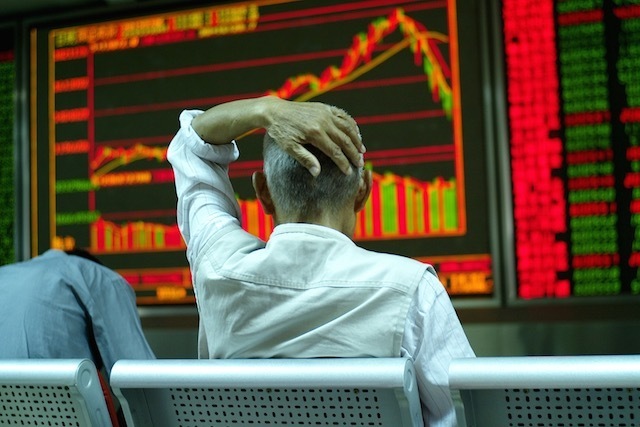Failures on the Moscow Stock Exchange: Problems and Solutions

Earlier in our blog, we talked about the causes of the "falls" of world exchanges. However, errors in the work occur far not only on the Nasdaq or the NYSE, but also on the Moscow Stock Exchange. Over the past year, several serious failures were recorded on the Russian stock market. The journalists of the RBC publication spoke with the technical managers of the Exchange and identified several reasons for the frequent errors.
Network and iron issues
In early April 2015, a failure occurred, as a result of which some traders could experience “instability in network connections”.
On June 29, due to incorrect work of the load balancer, the data flow in the derivatives market was interrupted for four minutes.
')
In addition, on September 8, in all markets of the Moscow Stock Exchange (stock, currency, and term), trading stopped for almost two hours. Later, the cause was called the failure of network equipment in the data center M1.
According to the IT-director of the exchange, Sergey Polyakov, on September 8, a so-called network storm was fixed, in which the system, trying to rebuild the data delivery routes, “drowned” itself in alerts. As a result, even the site of the exchange did not work.
On September 1, trading in the stock market stopped for a whole hour due to the incorrect operation of the hardware of the main server of the Exchange's trading and clearing system. IT professionals had to manually transfer work to a backup server.
Document preparation error
Another failure, during which the Moscow Exchange for nearly an hour did not broadcast the RTS index quotes, the metals and mining index, as well as the broad market index, was later explained by an error in the preparation of documents during the quarterly revision of the indices.

Architecture diseases
At the moment, the architecture of the Moscow Stock Exchange is different from how the world's largest stock exchanges work - for example, the London and New York stock exchanges. At the moment, on the domestic stock exchange, trading in securities and settlements on concluded deals (clearing) are not separated and constitute a single system.
Processing of all operations in one core does not correspond to the increased trading volumes, the Exchange executives admit. As a result, the probability of failures increases - only in the last year, three errors occurred in the clearing part of the system.
For example, on January 12, a technical error occurred that was detected during the intermediate clearing session - it was expressed in the desynchronization of transaction processing processes. As a result, bargaining was stopped for almost an hour. Later, on March 5, trading in the foreign exchange market and the market of precious metals stopped for more than an hour - the reason was the incorrect processing of the interaction between these markets by servers. In mid-June (15th day), trading slowed down for more than two hours - the management called the reason for the failure “increased trading volatility”, which led to incorrect information transmission.
Sergei Polyakov told RBC that each time the failure went through the same scenario: because of an error in the clearing module, it was necessary to stop trading.
What to do
Frequent failures on the stock exchange worry not only market participants, but also its regulator — the media wrote beforehand that the Central Bank of Russia was concerned about the reliability of trading on the Moscow Stock Exchange and, after each failure, conducts its own checks, trying to identify unfair transactions on the part of traders , however, crime could not be found).
Moscow Exchange plans to implement a number of measures aimed at improving the reliability of work. In particular, as reported in the RBC material, Problems with equipment are planned to be solved by replacing it with a newer one. Earlier, the media wrote that the last global change of hardware exchange was made four years ago when moving to a new data center.
In addition, Polyakov told reporters about the launch of the project for the separation and modernization of modules of the trading system. This process, together with other improvements aimed at improving reliability, will cost the Exchange 3 billion rubles and will be completed by 2017. Earlier, the newspaper Vedomosti reported that the new core will have a productivity of 40 thousand transactions per second (now it is 20 thousand).
Brokerage companies that provide clients with access to trading are also working to create various risk management systems that help reduce the risks of financial losses for traders during the next failure. For example, a similar mechanism exists in the ITinvest Matrix trading system.
It protects clients from the risks arising from failures in the risk management system of the exchange - for example, a sharp increase in the guarantee security of a position that may lead to its premature closure. Also, when trading with similar instruments at various sites, the system analyzes risks and allows using assets acquired in one market as collateral for transactions in another
Source: https://habr.com/ru/post/268303/
All Articles